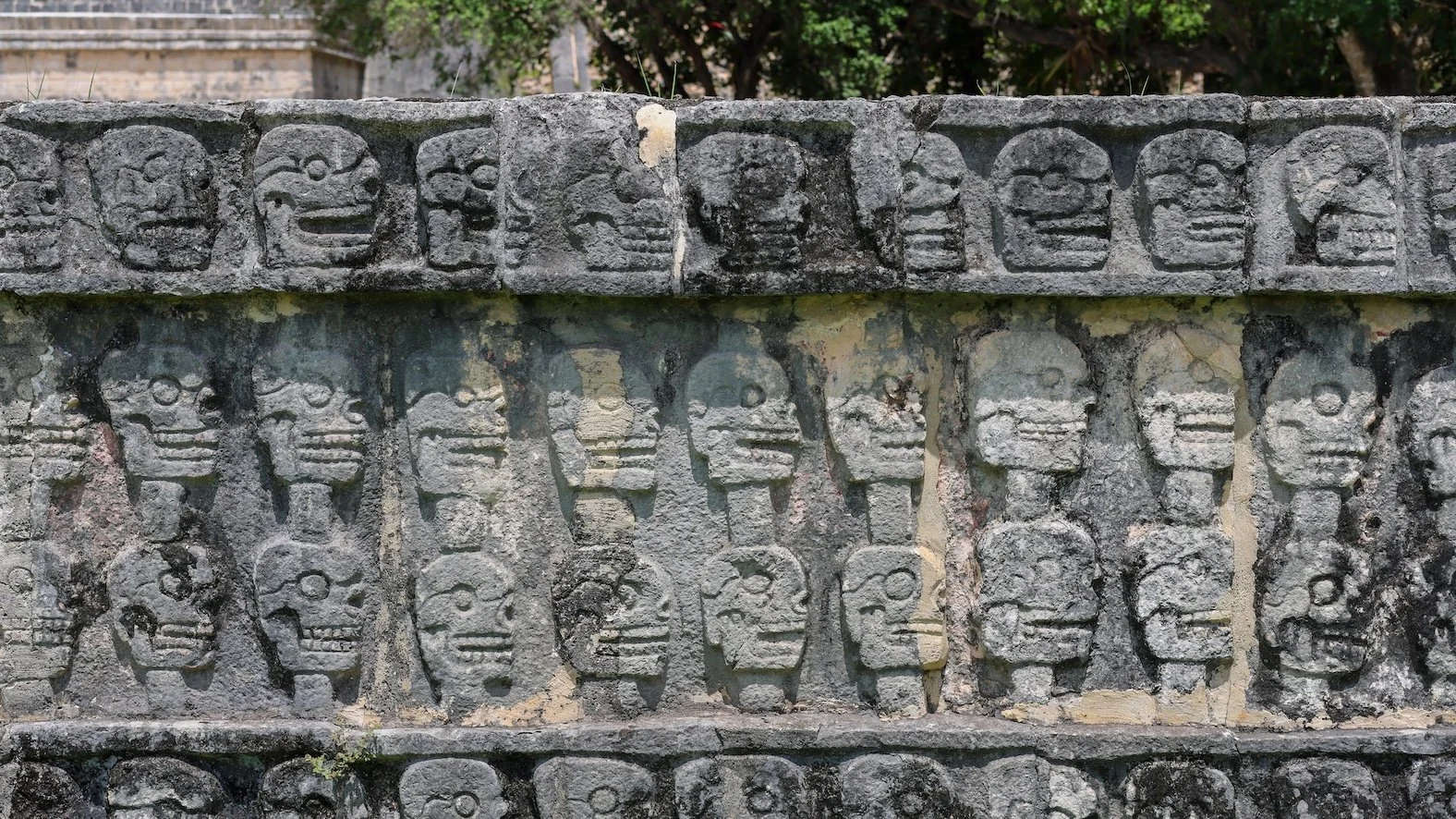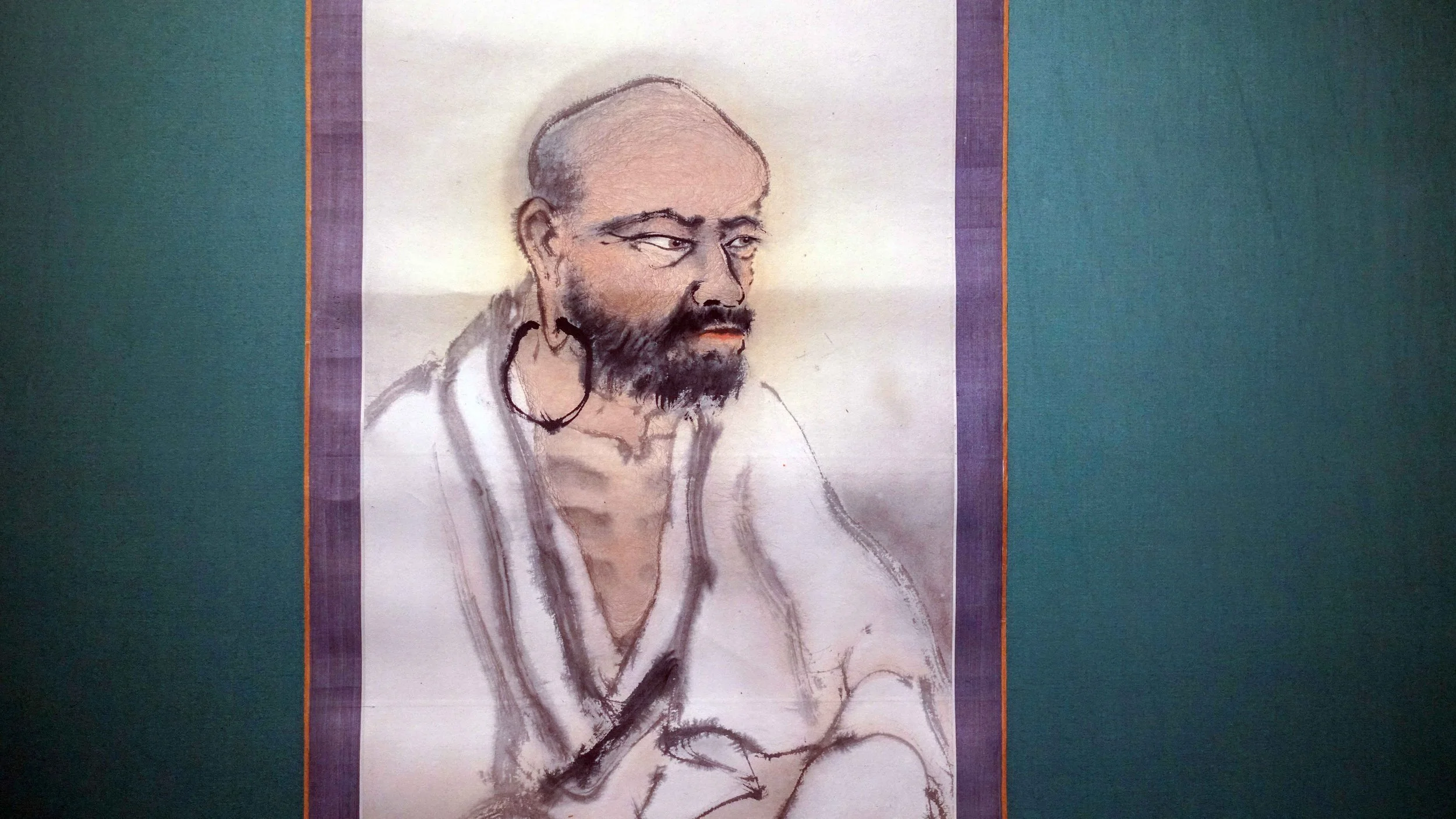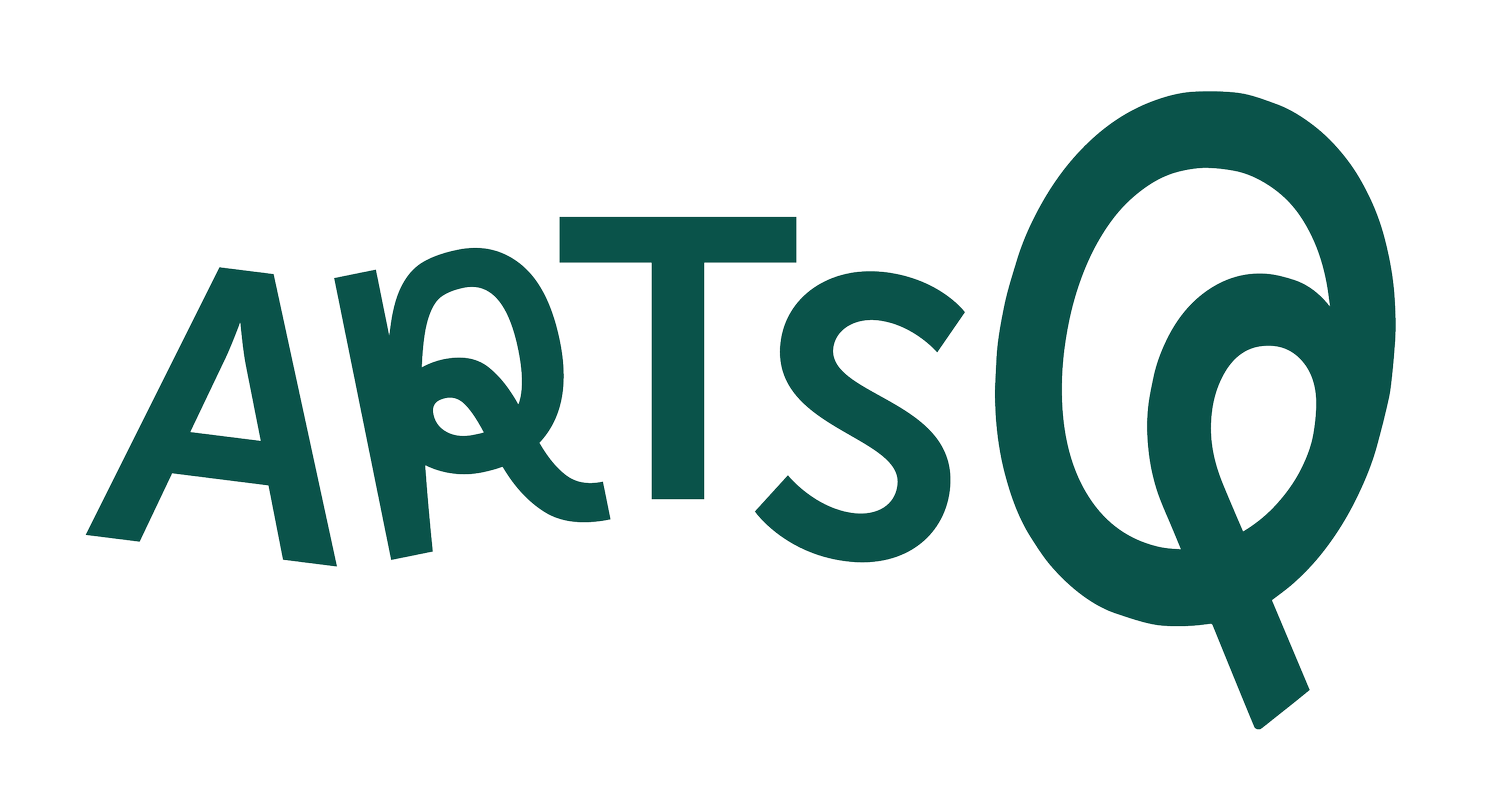
What is oil paint? Explore with Jan van Eyck's Annunciation
Jan’s mastery of light, color, and texture brings this divine moment to life. How did he do it? With oil paint!

Eleanora di Toledo, Duchess of Florence
In a spectacular portrait of Eleonora di Toledo, the second Duchess of Florence, she sits beside her young son Giovanni.

Fan Kuan, Travelers Amid Mountains and Streams
Explore a monumental ink painting on silk titled Travelers Amid Mountains and Streams by Northern Song dynasty artist Fan Kuan.

Spooky Season in Art: Skeletons, Spirits, and the Supernatural
Around the world, artists have turned to skeletons, spirits, and strange creatures to wrestle with life’s biggest mysteries and to provide social and political commentary. From medieval Europe to ancient China to ancient Peru and 19th-century Mexico, we can look at images and objects that seem spooky, eerie, or gruesome today. But were they always meant to be understood this way?

The Ancient World in Art
From the art of ancient Egypt and Nubia to early China, Imperial Rome, and the Andes, the art of the ancient world continues to resonate today.


Explore the ARTSQ Store: Engaging, Ready-to-Use Art History Resources
Bring history and art to life with our unique educational materials!

Aztec Art Collage Sheet
Cut out and collage images of art from the Aztecs of Mesoamerica! Use them for cultural collages, in notebooks and art projects, or on poster boards around the classroom.

What is a Nazca Double-Spout and Bridge Vessel?
Learn about Nazca ceramics, specifically double-spout and bridge vessels.

Learning to Look: The Value of Close Looking
Our close-looking materials offer an excellent first step in conducting a formal analysis, which involves examining elements of art and principles of design.

What is a mural?
Explore murals featuring the incredible work of early 20th-century artist José Clemente Orozco in Mexico City.

Introduction to the Birth of the Buddha and Queen Maya
How was the birth of the Buddha shown in art?

Introduction to Crowned Nun Portraits (monjas coronadas)
Some of the most famous 18th-century colonial Mexican paintings are the stunning monjas coronadas (crowned nuns).

Equestrian portraits explained
How would you like to be remembered? This is a key question for anyone having their portrait created, including the ancient Roman Emperor Marcus Aurelius on horseback.

Teaching Ancient China
Read about our first new landing page, which is all about the arts of ancient China, from the Neolithic Period through the Zhou Dynasty.


New multimedia glossary for art history
ARTSQ launches a multimedia glossary of important symbols, subject matter, materials, and techniques in art history.

Chinese Music for the Dead: The Marquis Yi of Zeng’s Bells
In the 1970s, archaeologists in China made one of the most impressive archaeological discoveries in world history from the tomb of a marquis (the Marquis Yi of Zeng) who lived and died in south China in the 5th century BCE.

Getting to know Hokusai’s The Great Wave
Hokusai’s The Great Wave print isn’t just famous in Japanese art, but it is one of the most recognizable images in the history of art worldwide!

A symbol of Heaven? A Chinese jade bi disk
What can a jade disk crafted in Neolithic China tell us about the cosmos? These circular disks may be connected to early Chinese views of the universe that consisted of a square Earth and a round (circular) canopy that represented Heaven.
